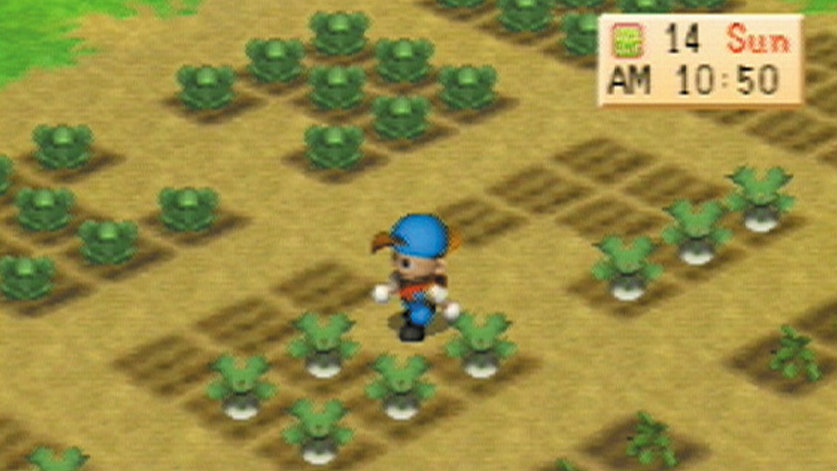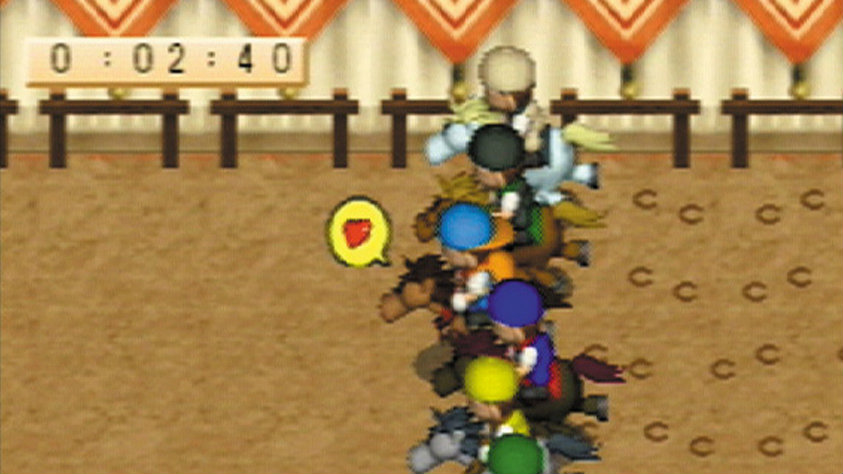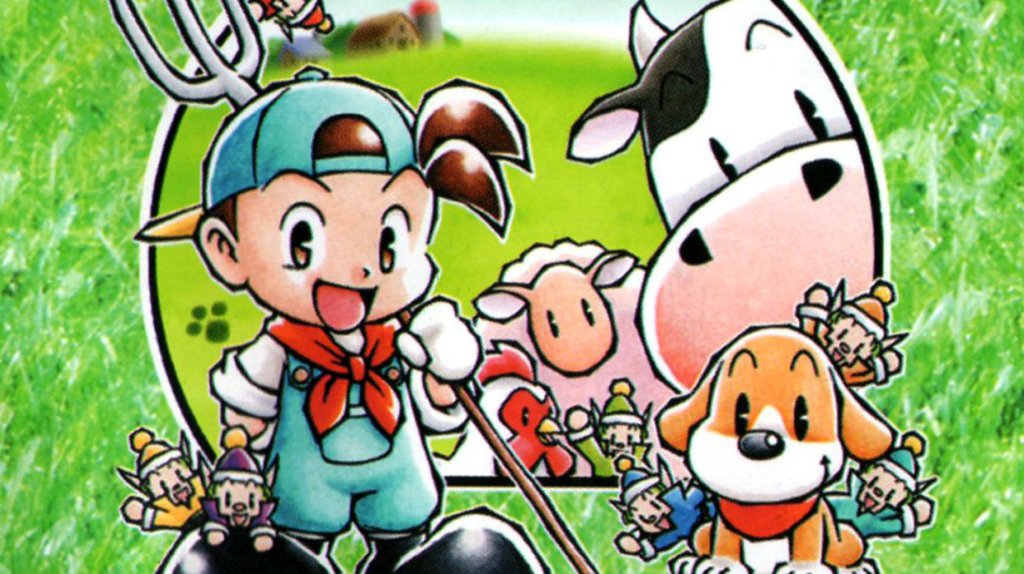
Welcome to PlayStation Classics, where each week we talk about some classic PlayStation game you can play on your current console and dunk on the actual PlayStation Classic. (Seriously though, it seems like a lot of people realized getting digital games for their PlayStation 3, PlayStation Vita, and PlayStation Portable is a better idea than grabbing that expensive and limited plug-and-play.) Since it is now 2019, we should kick off a whole new life. Be someone new and exciting! Fire up a PSOne Classic and enjoy some comfort food. It’s time to farm.
Kicking Back
As one of the earliest Harvest Moon games, Harvest Moon: Back to Nature is a bit more limited. But then, that is part of its charm. The first PlayStation-based entry in the series chose to welcome us into the fold by not changing too many things up. Our avatar is a young man who has inherited a dilapidated farm. Rather than do what many would, which is sell it off and use it to maybe maintain a lifestyle in the city and buy cute outfits for his bound-to-be-an-Instagram-star dog, he decides to return the hovel to its former glory.
This means relying on a regular routine and a feedback loop that sees you constantly making progress. If you plant eight seeds one day, then when you harvest, you can get enough for sixteen the next. If you plant enough crops one season, you could be on your way to earning a chicken. Once you have enough for other animals, you may be in a good position to start seeing if one of the bachelorettes is someone you would like to marry. There’s constant growth here.

The Charm of Recycling
Early Bokujou no Monogatari games had a, well, let’s call it a tendency to bring back the same old characters again and again. The five main bachelorettes, Ann, Elli, Karen, Mary, and Popuri were all present in Harvest Moon 64, Back to Nature, Boy & Girl, Friends of Mineral Town, More Friends of Mineral Town, Harvest Moon DS, and Cute, as were some of the rivals/bachelors: Cliff, Doctor, Gray, Kai, and Rick. The events and festivals would be the same. You would see the same 20 staple crops and flowers. (The Orange Cup was a Hothouse exclusive, remember.) The only available livestock were the chicken, cow, and sheep. You had to make due with just a dog and a horse.
But with Harvest Moon: Back to Nature, this never felt limiting. Rather, seeing these characters again here helped make and lead to some important changes. All of these marriage candidates ended up having finalized (and in some ways more detailed) personalities. It laid groundwork for what the female routes in the game, like in Harvest Moon: Boy & Girl, would look like. This installment was more about perfecting a 3D farming life simulation, something Harvest Moon 64 had only initiated. This was a game that laid the groundwork for future installments. It helped define the series.

Serious Growth
Which is what makes Harvest Moon: Back to Nature so relevant now. The farming simulation genre has splintered and grown exponentially. Marvelous still creates Bokujou no Monogatari games, which appear worldwide under the Story of Seasons label. Rune Factory brings action-RPG elements to the mix. Natsume has its own Harvest Moon offshoots that attempt to recreate the older experiences as best they can. Indies like Stardew Valley try to innovate within the same space. Going back to a classic like Harvest Moon: Back to Nature lets you see how everything started and understand why certain mechanics appear in newer games. For $5.99 on the North American PlayStation Store, £3.99 on the European PlayStation Store, and ¥617 on the Japanese PlayStation Store, you can take part in the tradition.







